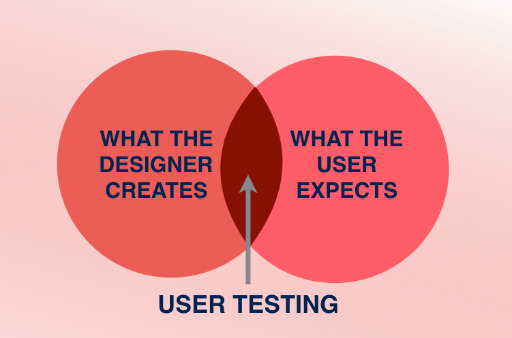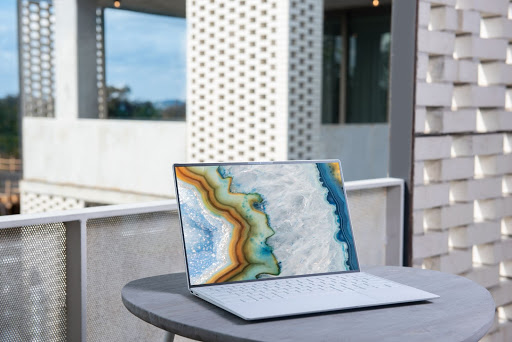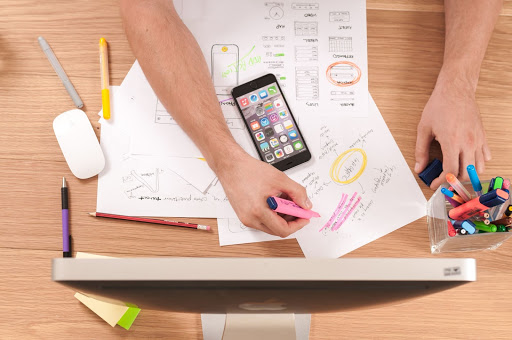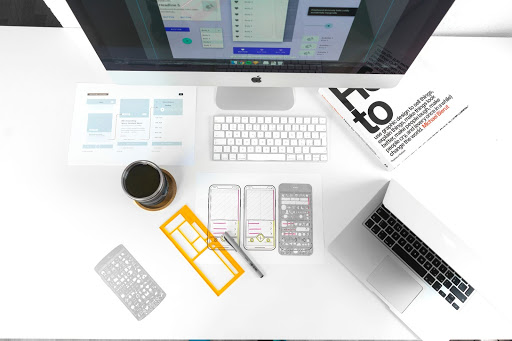When you’re building or redesigning a website, you have many plans and goals in mind. But, one beats them all – the design needs to be attractive and inviting so that people will want to stay on it and keep looking. To make it such, your design needs to fit their expectations, offer the information they need, and basically, provide them with what they came to get.
This makes user testing very useful for web designers.
User testing is a vital technique when you’re trying to evaluate if your design fits your target audience. It affects everything from your actions to your responsibilities. 99Designs places the term in the perfect place: ‘User tests as the middleman between designers and users’.

Defining Usability
Usability is the ease with which an object can be used. This can refer to just about anything – tools, machines, processes, websites, and books. It refers to anything that people interact with, and get something out of it.

When it comes to websites, usability is defined as ‘the ease at which an average person can use the software or website to achieve specific goals’. According to Usability Geek, this comprises of several things:
Learnability – how easy it is for people to accomplish something when they first visit the website and see the design.
Efficiency – how quickly they can complete these tasks when they get familiar with the design.
Memorability – how memorable the design is i.e. how easy it is for them to use your website the second, third, or any other time around.
Satisfaction – how happy users are with what you’ve created
Error – what issues occur, how grave they are, and how you can recover from them
This is the most essential information a designer can get to create a proper design. It’s also where usability testing comes from.
What is usability testing and how it’s performed
Usability testing is a technique, a method used to evaluate some product such as a website or a page by testing it on the target audience. It’s mostly based on scenarios – people are asked to perform some tasks just as visitors would when the website goes online. Someone is there to observe, check the people’s actions, and take notes.
According to Maze, one of the most used resources for performing these types of tests, usability testing can be defined as ‘a proven method to evaluate your product with real people’. In their usability testing guide, you can find tons of useful information on how to perform such research – and why.
Categories of usability testing
Before we jump to explore the benefits of user testing and how it can help your design today, let’s take a look at your options when it comes to performing such tests:
Explorative. Ideal for the starting point when you’re just beginning to work on your design. It allows you to access the usability and effectiveness of your preliminary design, as well as the understanding and thought process of the target audience.
Assessment. When you’re somewhere in the middle, or if you want to perform occasional testing to see how your design performs, you need this type of evaluation. It evaluates things like overall usability, effectiveness, and level of satisfaction.
Comparison. Just as the name tells you, this type of testing compares two designs or products by defining their strengths and weaknesses. It’s a great way to compare your work with that of your competition and improve based on the findings.
The importance of user testing and how it can help your design
Maze’s experts find that usability testing has benefits that extend beyond testing usability and functionality. They allow designers to understand the audience, grasp the use cases of the product, and build better products.
At the very least, usability testing is important because of your competition. Why is this?
With such a crowded Web (there are over a billion sites at any given moment), you have tons of competition, especially in terms of design. All websites have some kind of design. You need to compete with everyone in your industry, even everyone in general when you’re creating something to impress visitors.
Unless you have something beautiful, well-organized, and appealing to those who visit, they’ll leave and keep looking. Most people are too busy to even give you a second chance or another glance.
Yes, in the end, it will all come down to whether or not you have the product the visitor needs. But, to even get them to look at what you’re offering, you need them to be impressed with your design.
To boost your chances of this happening, you need usability testing data.
As unfair as this sounds, first impressions can kill your business unless you do this right – even if you have the best product on the market. People are judgemental because they have a plethora of choices and little time to do their choosing.
That being said, improving the usability of your design is your best chance at encouraging people to stay on board and not move on to your competition’s designs.
Bringing in people to test the usability of your website can bring you tons of benefits, the most important of which are:
1. Used to validate prototypes
When a product is at an early development stage, the odds of that product succeeding with minimal issues are better with user testing. As soon as possible, you need to learn what people think about what you’re creating, how they are reacting to it.
Designing a site can be costly and take a lot of time. If you bring people in from the start, this can be your guide on how to proceed. It can save you a fortune and tons of time that you might otherwise have to spend on fixing mistakes, not to mention redoing entire parts of your design.
2. Helps you confirm that you’re meeting people’s expectations
Let’s say that your design process is coming to an end. How do you know if it works or not? How will you find the glitches before they push actual leads away? Do you know if something is missing in your interface? Well, with data from usability testing, this will all be clearer to you, allowing you to make changes as soon as possible.
3. Filling in gaps from other research
Usability testing is not the only kind of testing your design needs. For example, you might be using a heat map to see if people love your landing pages. But, you won’t know why they are leaving the page or ignoring it unless you observe them – which is where user testing comes into the picture.
4. Allows you to identify smaller errors, too
When you’re focused on the overall design and experience, it’s easy to miss those tiny mistakes that annoy people. Think of grammatical mistakes in your content, broken links that no longer work, site errors, and other things that often happen when we visit websites. They might not make your design bad individually, but collectively, they can annoy users more than anything else. Not to mention, this speaks a lot of your site’s trustworthiness. With data testing, you won’t just catch large-scale issues in terms of usability, but also those minor glitches that need fixing.
5. Puts you in your visitors’ shoes
It’s not easy to view your creation from the perspective of an outsider, someone who hasn’t worked on it and even seen it before. By allowing others to take a peak and express their opinions, you can put yourself in your visitors’ shoes. This will give you a better idea of how to approach this, fix the design, and appeal to the target audience.
Methods used in usability testing
Now that you know how amazing this can be for design creation and optimization, it’s time to consider your options. Here are the most popular options to consider:
Remote testing. The name says it all – this is research done remotely, with people who are located in different places and might even be in different time zones. It’s done in real-time via video conferences or with the help of software that implements the testing and provides the data.
Hallway testing. Testing random people’s reactions to the website, not people who are experienced or trained in doing this. This is perfect for the development stage.
Expert review. In this case, you’re not testing just anyone you come across, but a person who’s considered an expert in the field. Many companies these days choose to bring an expert in to test their design or send it to contractors remotely.
Interviews and questionnaires: This can be much more costly and time-consuming compared to remote testing, but it gives you a chance to access the data in real-time, face-to-face.
The best part about user testing – you get to provide a better user experience
With all of this data at your fingertips, you can take the necessary actions and make informed decisions to improve the customer experience. This is key to a successful design – happy visitors who are willing to stick around or take action.
The post How User Testing Can Help You Create Better Website Designs in 2021 appeared first on Mike Gingerich.
Read more: mikegingerich.com











